We’re headed toward the end of the quarter, so it’s only uphill from here, as we all know. Some of us are getting ready to graduate from SCAD, while others are another year closer to doing so. No matter where you are on your SCAD journey, creative blocks have no agenda and can appear whenever they feel like it.
Art school has a way of inviting them in since we’re constantly asked to produce work and may or may not have time for our own personal projects. So, how do we get past them? There’s not one simple, correct answer but a plethora you can try. Some might work, others might not, but the point is to get your brain thinking and your heart feeling. Let’s get into it.
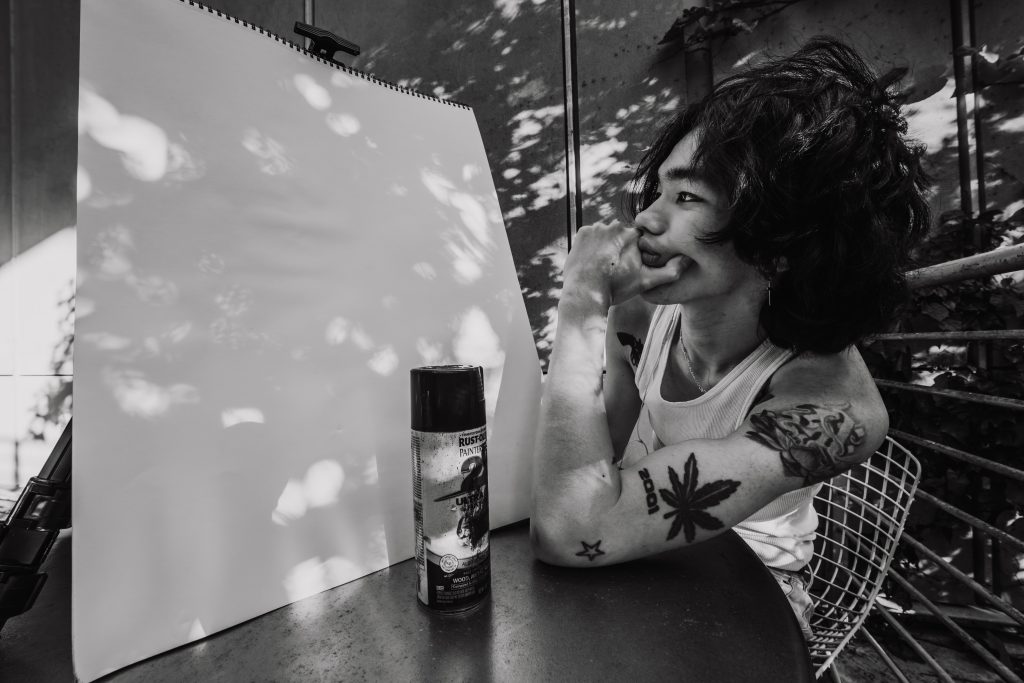
Photo Courtesy of Alita Swanson.
1. Make art about having a creative block
For whatever reason, creative blocks happen at the worst times — deadlines and due dates wait for nobody. So, if we don’t have time to ride out the storm, the best way out is through. The most straightforward way is to confront the art block and jump right in. What does this specific block feel like to you? Frustration? Burn out? Apathy? Distraction? Translation Issues? All of these are rooted in emotions or ideas that can be portrayed through any medium — so make it your project.
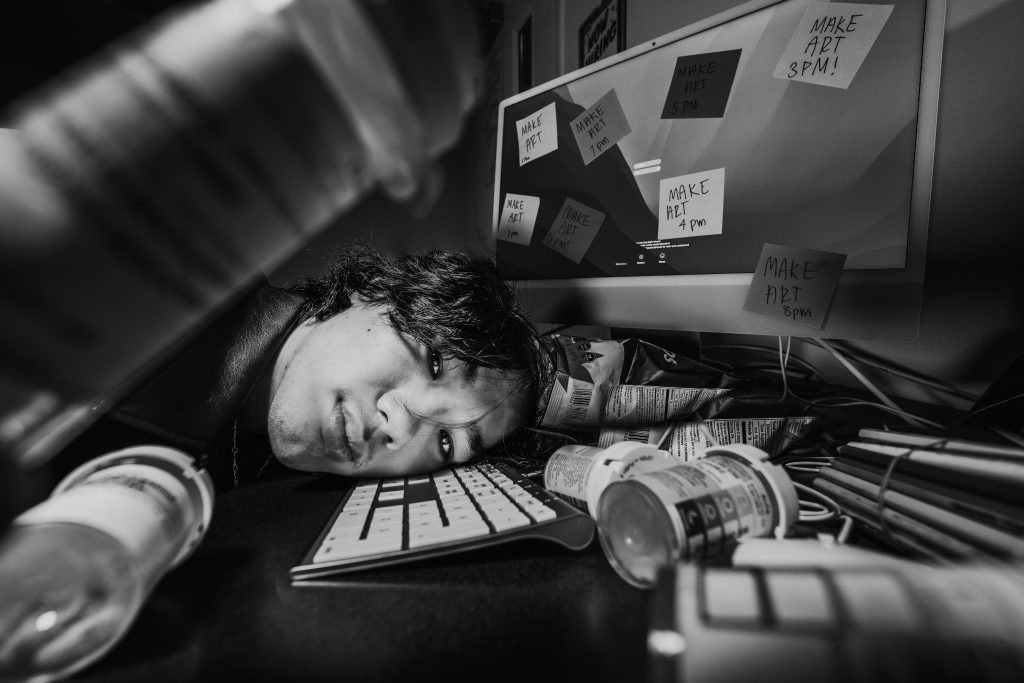
Photo Courtesy of Alita Swanson.
2. Listen to music
Words make thoughts and music makes feelings. Look up new music, for reference, Spotify’s que algorithm tends to be better than Apple Music, but also don’t shy away from Soundcloud. Draw from the feeling a new or old song gives you… snag a lyric that stands out to you and build off of it. Get up and dance or even sing along — be open to new genres and artists because that’s when you’ll strike a chord.
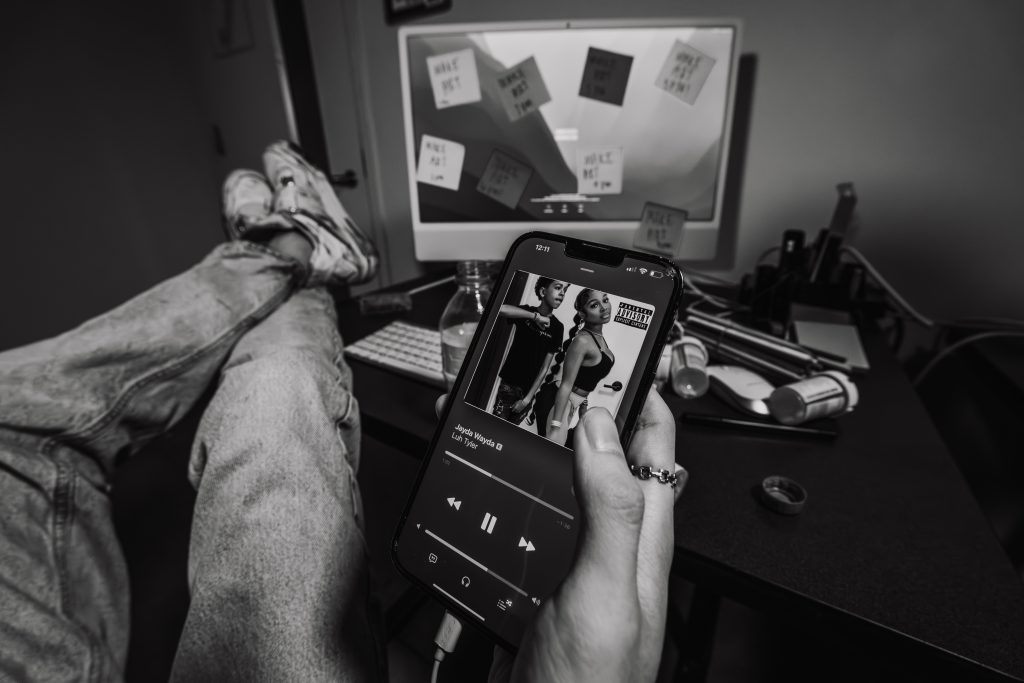
Photo Courtesy of Alita Swanson.
3. Read a book
Not to state the obvious, but reading books is a great way to draw inspiration. Whether it’s fiction or nonfiction, search Google and Amazon for recommendations. Some great books for and about artist blocks are the Austin Kleon trilogy Keep Going, Steal Like an Artist and Show Your Work. A few others are Plan and Play, Play and Plan: Defining Your Art Practice, The Creative Act: A Way of Being and Art and Fear.
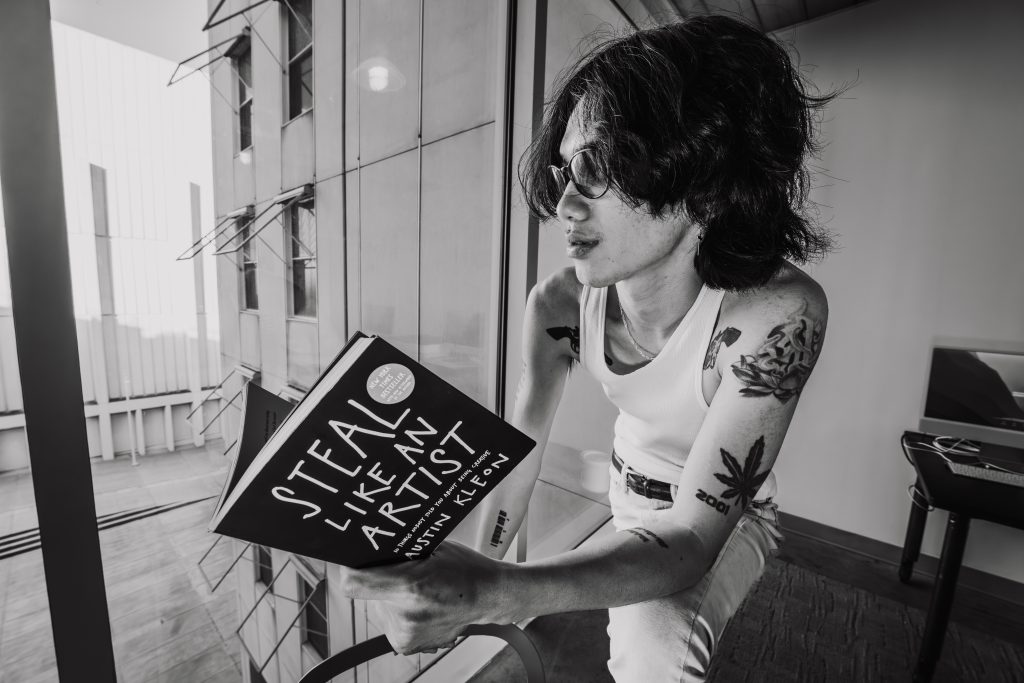
Photo courtesy of Alita Swanson.
4. Try a different medium of art than you’re used to
Art is about invention, and a great way to get yourself thinking outside of the box is to try a different medium of art than you’re used to. Pick up a paintbrush if you’re not used to it. Play with some charcoals or form clay sculptures. See how you can integrate new mediums into your own work or just do it to do it and see where it leads.
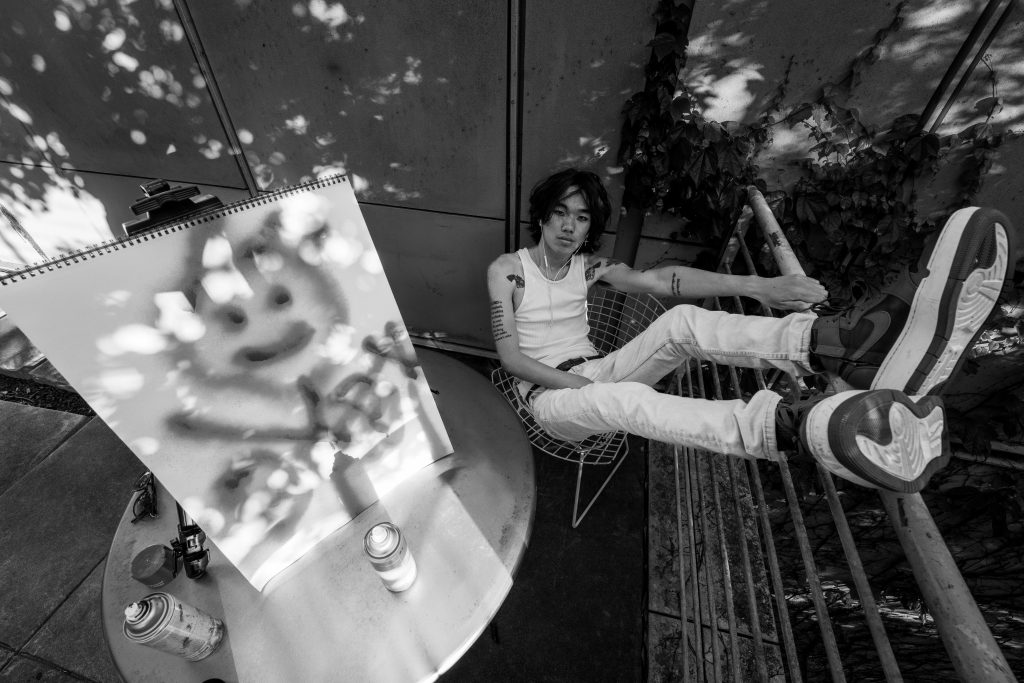
Photo Courtesy of Alita Swanson.
Be gentle and kind to yourself because the practice of being an artist is forever, even when you’re not feeling the most “artistic.” The journey is yours, and there’s no concrete end destination. It’s about documenting your process, accomplishing goals, taking risks, and yes, having things not work out… that’s being an artist.


























